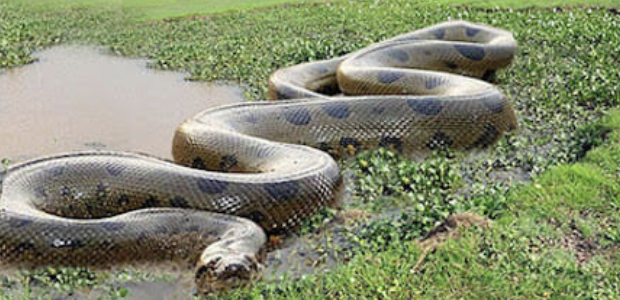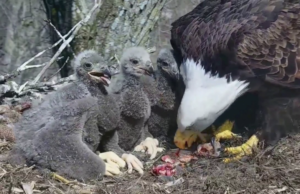Invasive Species

The Burmese python is Native to Southeast Asia. It came to the United States as part of the international pet trade. When the pets escape or are released into the wild, they breed and establish huge populations. They are a massive snake, growing to an average of 12-20 feet and weighing up to 200 pounds. Pythons are among the largest snakes on earth.
How have invasive pythons impacted Florida ecosystems? Non native pythons established a breeding population in South Florida and are one of the most concerning invasive species in Everglades National Park. The size of the Everglades are 1.5 million acres or one and a half times the size of the state of Rhode Island. The pythons are eating their way through Florida. Florida Pythons compete with native wildlife for food, including birds, rabbits, deer, bobcats, foxes and reptiles, including small alligators.
Severe mammal declines in the Everglades National Park have been linked to the Burmese python. The most severe decline occurred in the remote part of the National Park where pythons have been established since 2012. Study established since 2012 show populations of raccoons had dropped 99.3 percent, opossums had 98.9 percent drop and bobcats 87.5 percent. White-tail deer populations have fallen 94 percent in the Everglades since the pythons became established. There’s literally 2 to 3 percent of rabbits, raccoons and possums left.
The chances are very low to control this snake population. The python are now distributed across thousand square miles of southern Florida into the Everglades and Big Cypress National Preserve, so the chances are very low of eliminating the snake.Because of the size of pythons, adult pythons have few predators. Only adult alligators and human beings are the exceptions.
State and federal authorities began working together to attempt to eradicate the python population. In 2010 the state of Florida made it illegal to release pet pythons into the wild. In 2017, the Florida Fish and Wildlife Conservation Commission hired people to hunt the swamps for snakes. These python removal agents are paid minimum wage, plus fees per foot of the snake. Sometimes up to hundreds of dollars per snake.
The elimination program has removed almost 4,000 pythons from the wild. This is only a fraction of the number of pythons still in the Everglades. Female pythons can lay 50-100 eggs per year. Pythons can live 20 years or more. Removing the female snakes is “a step in the right direction.” It is estimated that tens of thousands of invasive pythons live in the Everglades.









You must be logged in to post a comment Login